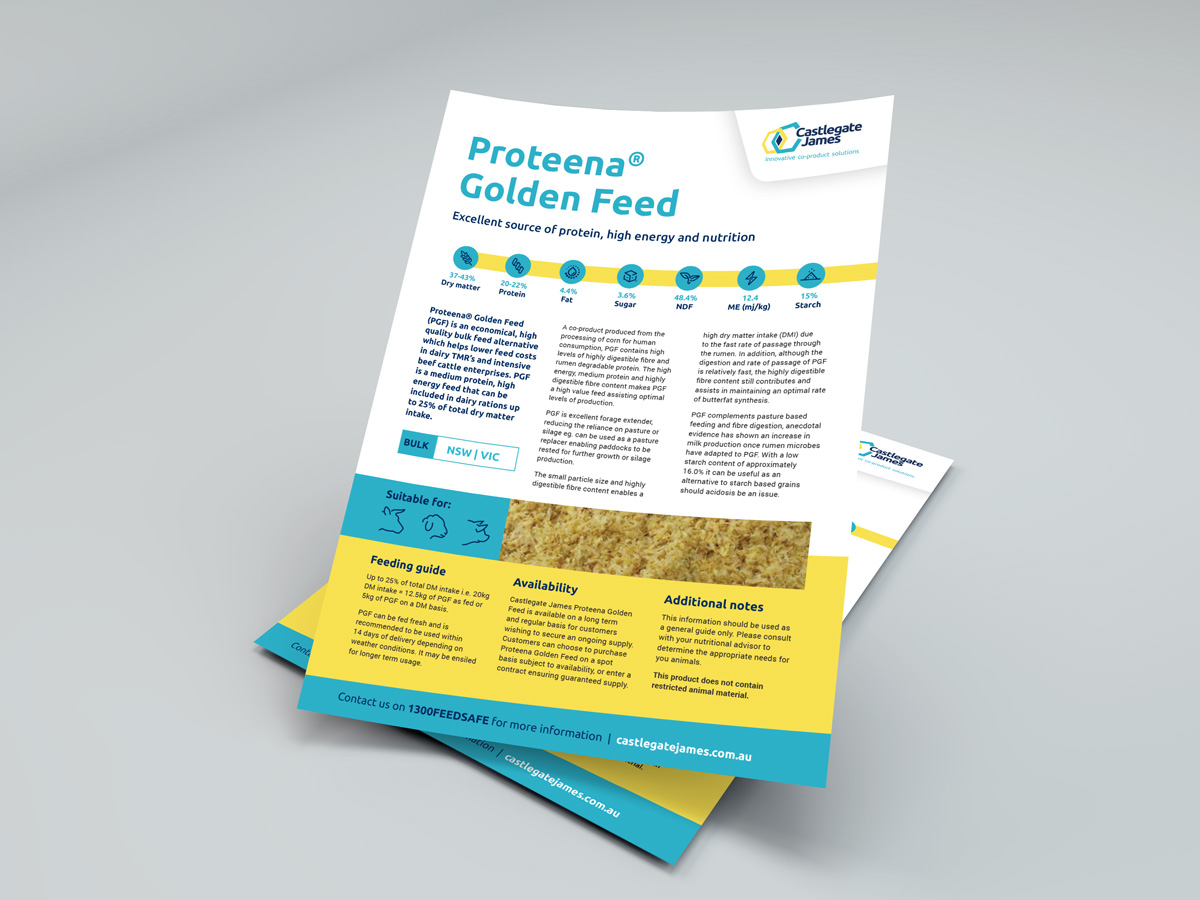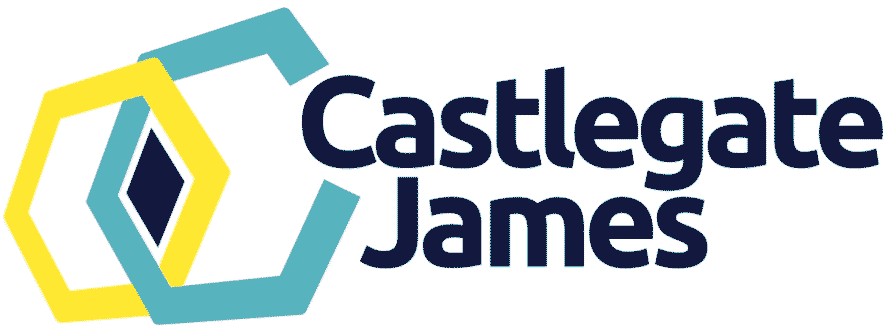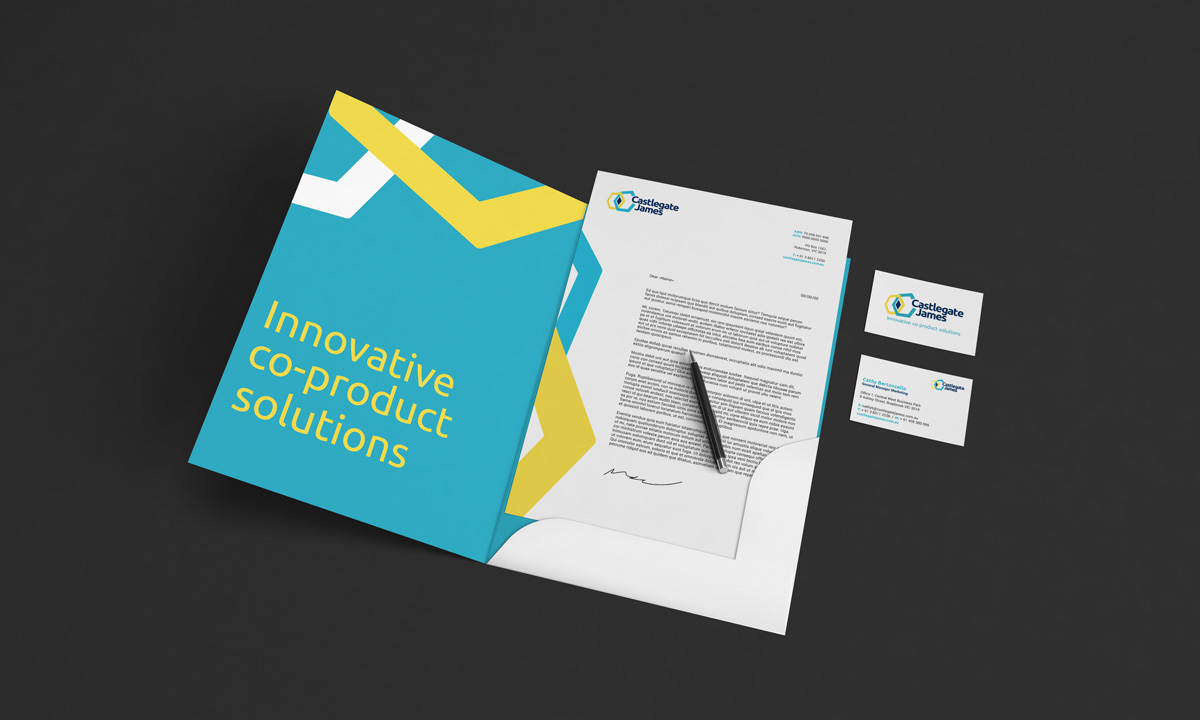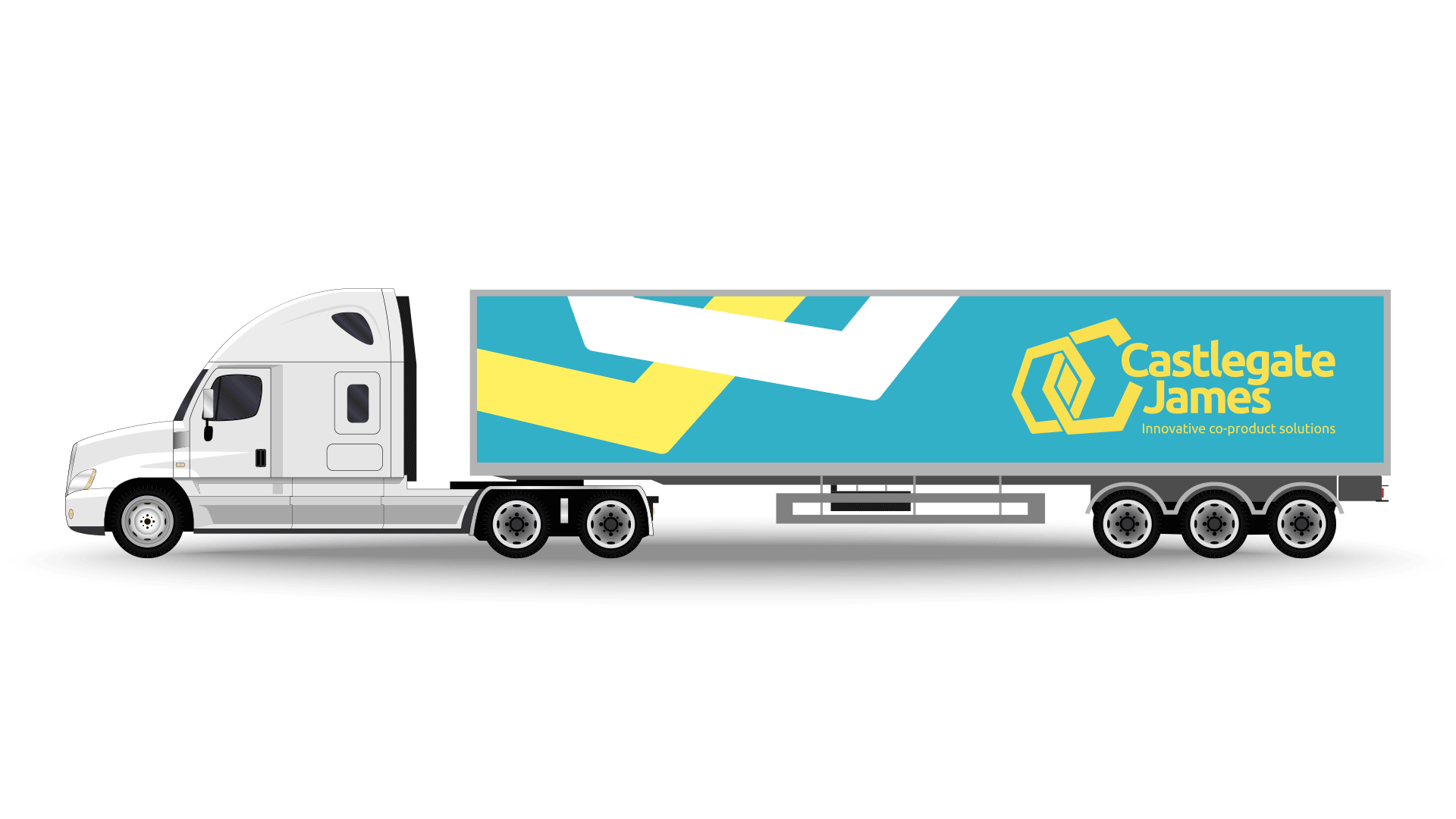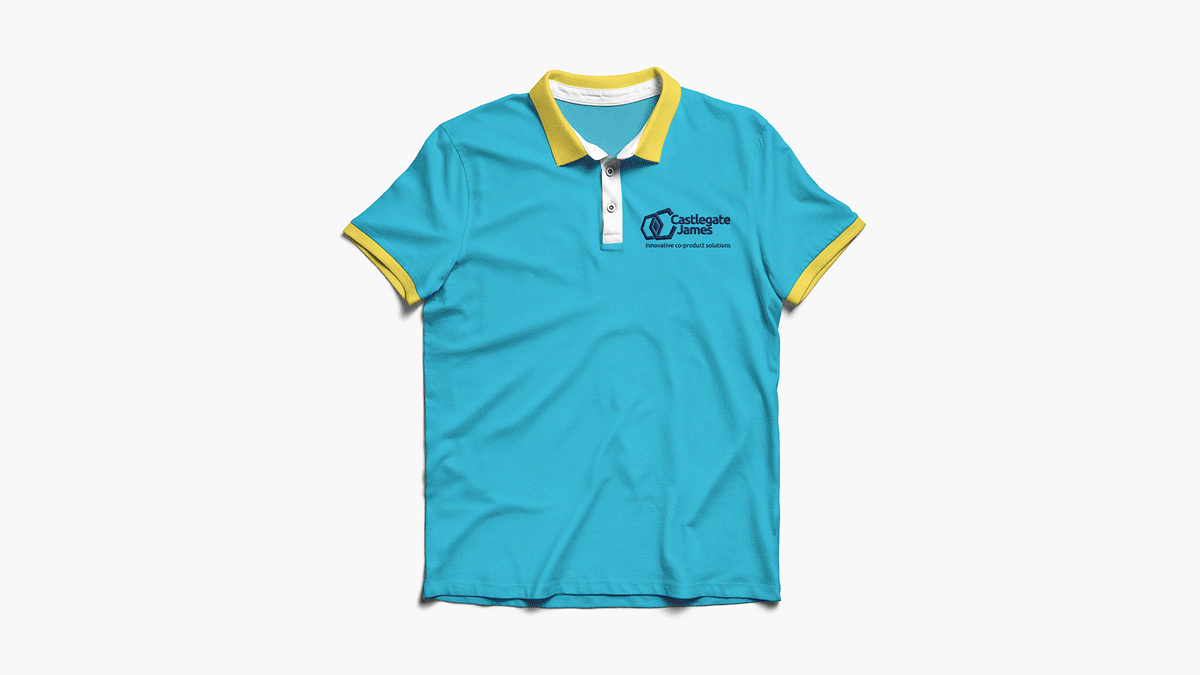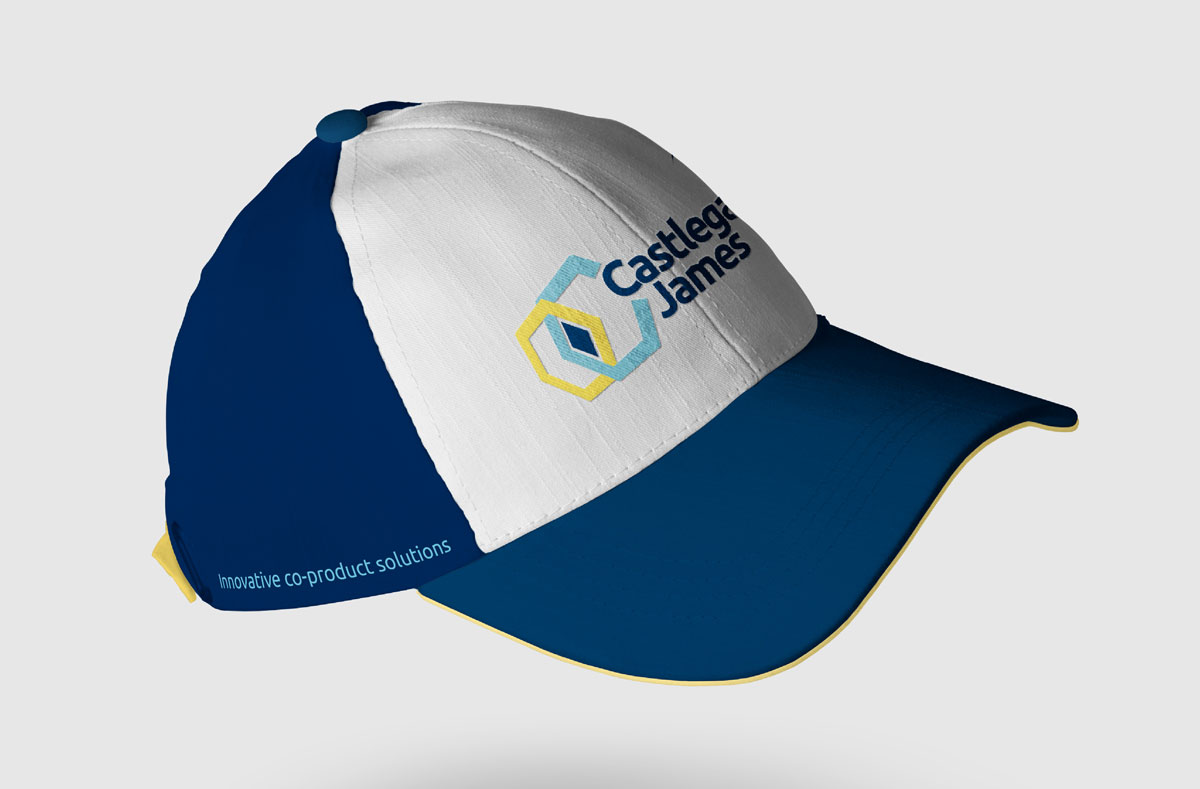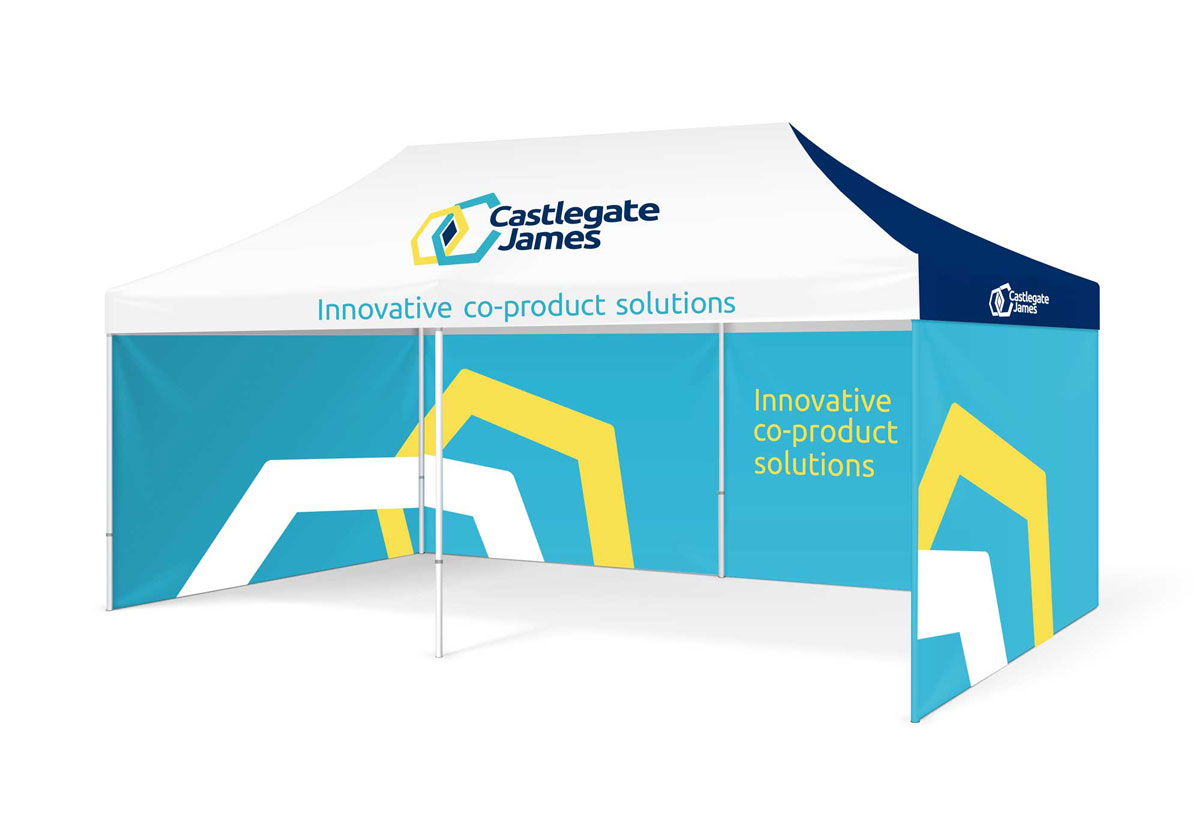Client: Castlegate James
Studio: Zebra Direction
Role: Creative Direction, Development and Design
Repositioning a quiet leader in circular food systems
Castlegate James had a century of history, deep industry trust, and a uniquely sustainable business model. But its brand no longer reflected any of it. Best known as a manufacturer of stock feed, the company was operating far beyond that legacy. It was now a strategic partner for some of Australasia’s biggest FMCG brands, turning food-grade factory seconds into high-performance co-products for agriculture and beyond. In short, it was preventing waste before it became waste, long before most businesses even started talking about circularity.
The rebrand was not about disruption. It was about visibility. About making a deeply intelligent, purpose-led operation legible to the world and to itself.

